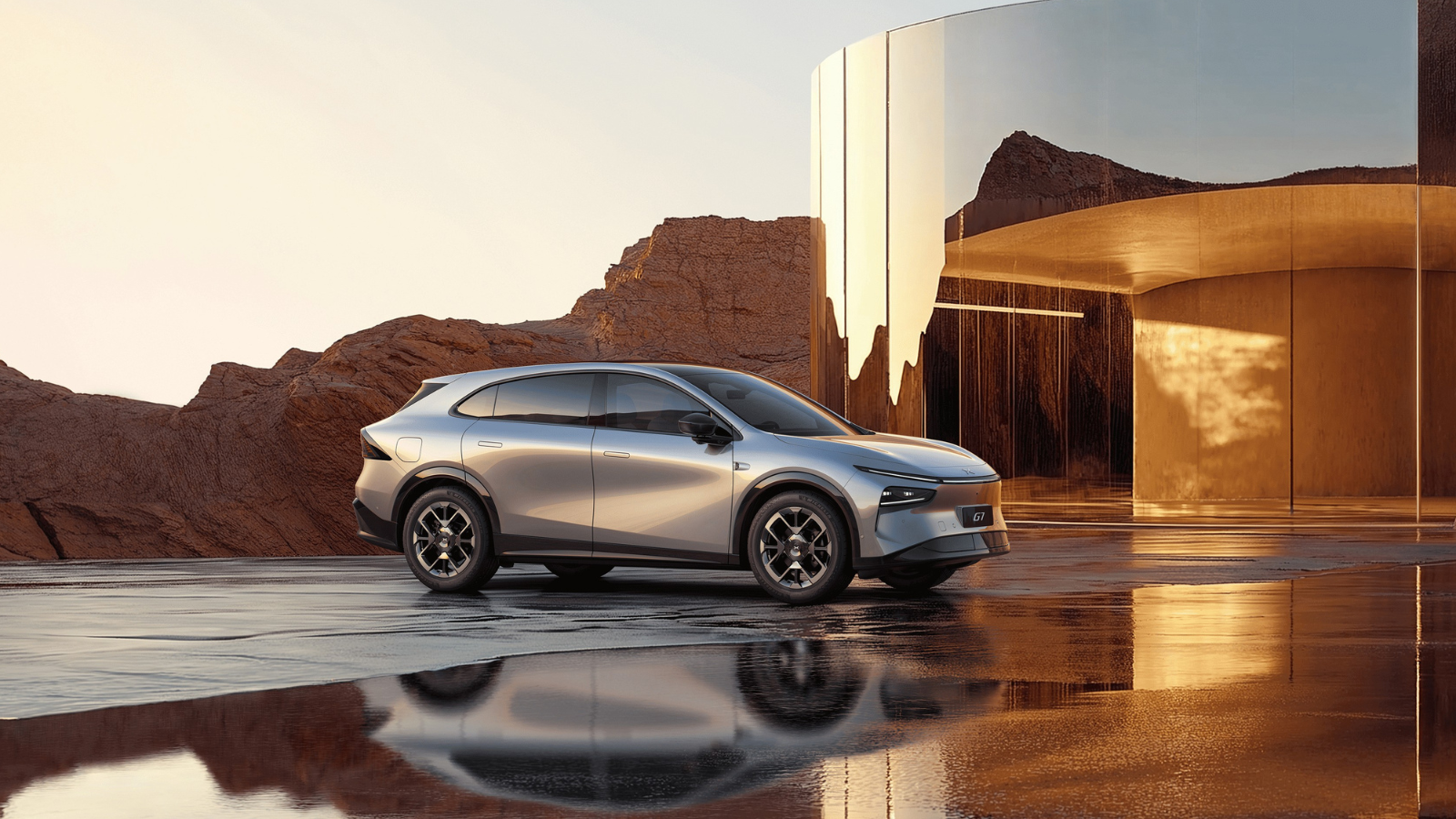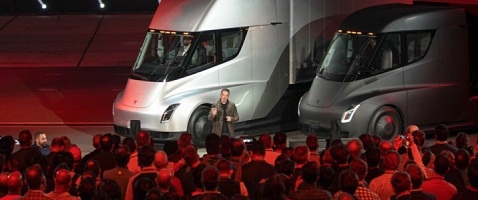By Eileen Falkenberg-Hull
Copyright newsweek

New Mobility Lens Forecaster research from EY suggests that a decade from now, battery-electric vehicles will represent just 50 percent of the sales in Europe, China and the U.S. despite major pushes from automakers and governments.The analysis comes on the heels of announced changes to carmaker portfolio strategies and government realignment of timelines for zero-emissions milestones, and as customers push back against regulations by preferring to purchase models with a tailpipe.EY’s Mobility Lens Forecaster is an artificial intelligence-enabled forecasting model that leverages other technologies to predict the electric vehicle transition in key markets. Policy changes, customer adoption, technology developments, infrastructure evolution and tipping points are considered for light vehicles, including cars, motorcycles, scooters, light-duty trucks and SUVs.Four types of powertrains are considered in the Forecaster’s scenario: battery-electric, plug-in hybrid electric, internal combustion engine (ICE) and hybrid.Some countries have been more successful with multiple powertrain strategies than others. Those success stories are largely centered on complying with market regulations meeting at the intersection of consumer demand and automaker portfolio.China wins with a multi-powertrain strategyEY expects China to have over 50 percent of new vehicle sales of battery-electric vehicles (BEVs) by 2033, and more than 81 percent of the market by 2044. EY calls full BEV adoption in China “elusive” before 2050.In the country, it’s extended-range electric vehicles (EREVs), those that use a battery-electric system to power the wheels but an engine to charge the battery, that will be leading the way, and part of EY’s plug-in hybrid electric vehicle (PHEV) equation, with 40 percent market share, peaking in 2031, but dipping to above 30 percent through 2037.Electric vehicle adoption in China is growing due to a competitive pricing strategy, with EY expecting the cost of EVs to dip below that of ICE vehicles for the first time in 2025, despite the sunsetting of subsidies. Tax breaks are expected to help sustain demand.Further out, EY is predicting that EREV market share will be around 20 percent by 2043.Hybrids will win for a while in EuropeEY cites policy targets and affordability as the means to keep the adoption of BEVs strong. By 2032, BEVs will account for over 50 percent of vehicle sales, the company predicts, but will strengthen to 95 percent market share by 2041. Meanwhile, hybrids are expected to hold on to at least 20 percent market share until 2033, peaking in 2033 with 41 percent of new vehicle sales.The import of hybrids and EREVs from China will help strengthen the European adoption rate, the company predicts.Softening emission penalties and policy target changes are also expected to drive a rebound in demand for EVs. Affordable EVs will also help. However, EY cautions, “regional disparities and infrastructure gaps remain.”EY notes that despite lobbying efforts, it appears that the EU is committed to its 2035 ICE ban. President of the European Manufacturers’ Association and Chairman of the Board of Management of Mercedes-Benz Group AG, Ola Källenius, has been one of the leading voices calling for a major change to EU policies. “If you look at the 27 countries in and around Europe, you see that just in that family, even if it’s one economic and regulatory area, it is very, very differentiated,” he told Newsweek during IAA Mobility, a conference in Munich, Germany.”Six or seven or so countries are really getting on with it, Germany being one of them, investing in charging infrastructure and so on. You can see how the EV take rate is building. But, about 20 of the countries are still in the infancy phase of that transformation,” he continued.Under his leadership during his one-year European Manufacturers’ Association term, the group is proposing that the EU, “move away from an absolutistic kind of plan economy, [with a] type of goal linked to only one stakeholder in this once-in-100-years transformation, a multi-stakeholder thing. And, if that one stakeholder, the producer, doesn’t make it [to that finish line], you throw in draconian penalties. Let’s turn it on its head instead, let’s use a market-based approach, where the customer is allowed to choose whatever is best for him or her, and then through incentivization and nudging and investment into charging infrastructure throughout all of the EU, find a more successful way towards decarbonization,” Källenius said.America’s EV efforts hampered by tariffs, incentive reductionWith the impact of the Big, Beautiful Bill being felt nationwide, the U.S.’s 50-percent new EV purchase rate has been pushed back five years, predicts EY.”Over the past decade, the pace and trajectory of EV adoption in the United States have shifted dramatically. Ten years ago, the idea of mainstream EVs was still in its infancy, driven mostly by early adopters and tech enthusiasts. Today, our latest EY Mobility Lens Forecaster shows that while the U.S. is making steady progress, the timeline for reaching 50-percent BEV sales has slipped to 2039, five years later than we previously projected and six years behind China,” George Lenyo, EY Americas Automotive Leader, told Newsweek.Lenyo listed several factors for this: policy uncertainty, expiring incentives, new tariffs and ongoing affordability challenges. But, he explained that hybrids are “surging as a practical bridge for consumers.”ICE vehicle sales are gradually slowing in favor of hybrids and BEVs, but will still account for half of U.S. light vehicle sales, “well into the 2030s,” he shared. BEVs are expected to reach 32 percent market penetration by 2035.



